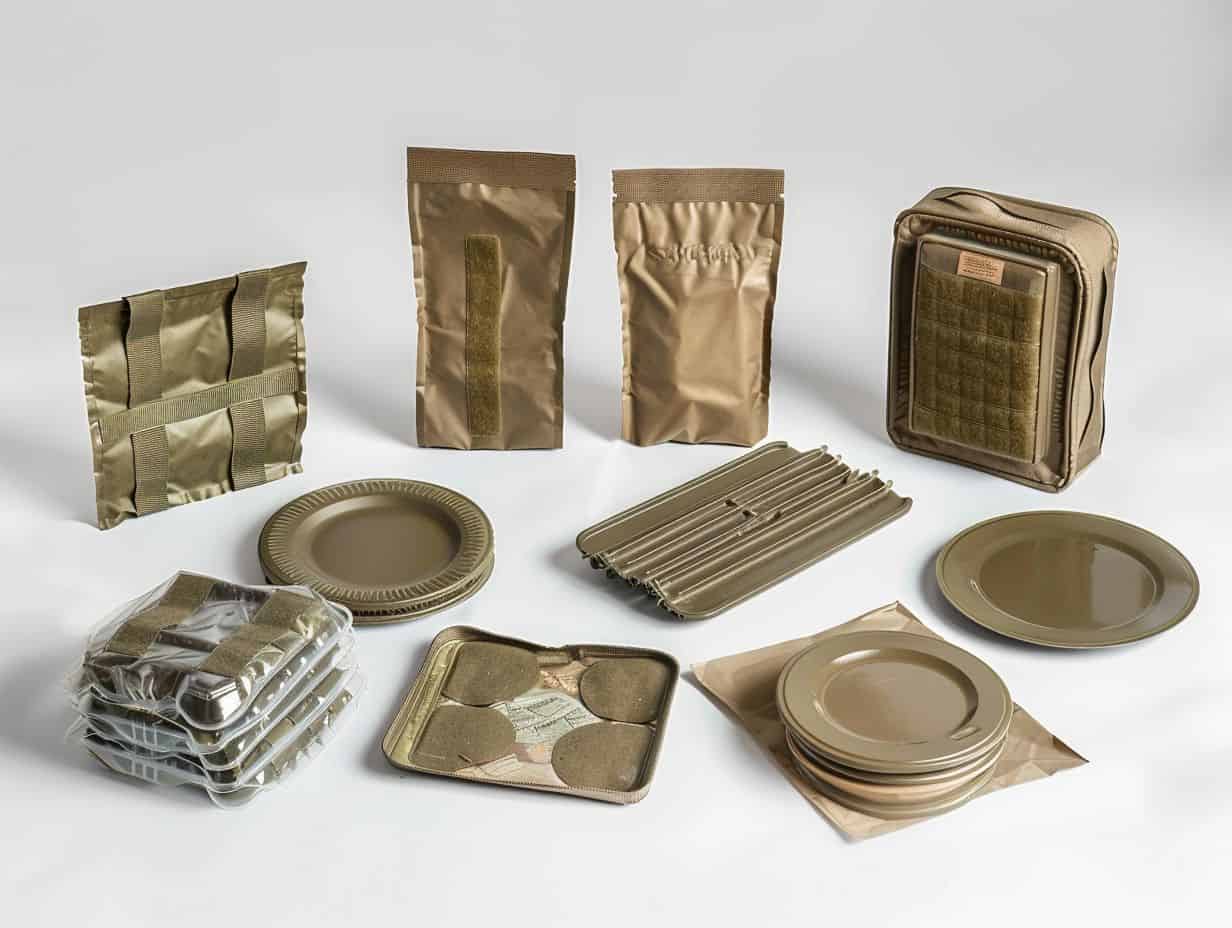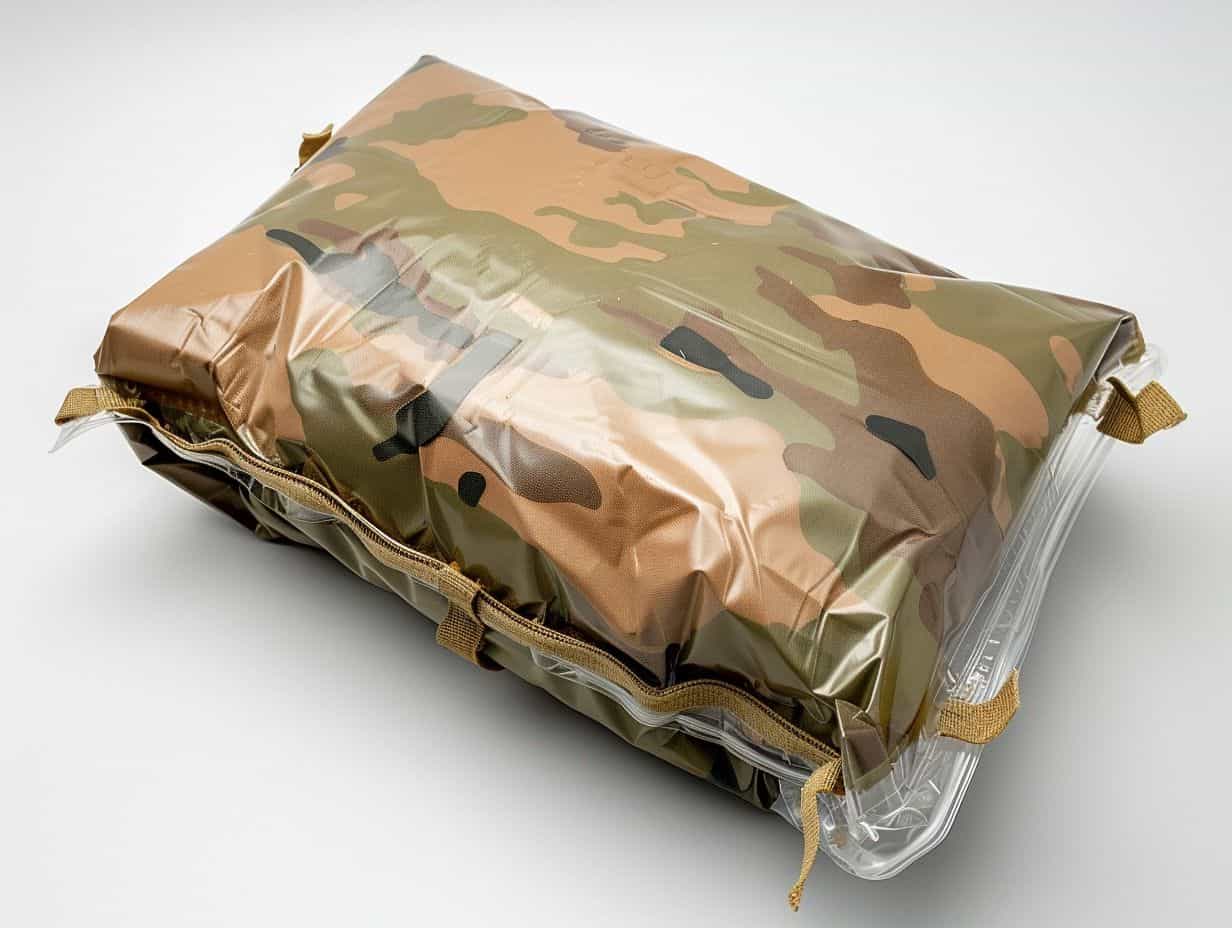User-Centered Design: How Soldiers Influence MRE Packaging Development
User-Centered Design is a crucial approach that prioritizes the needs and preferences of users in product development. In the case of MRE packaging for soldiers, this design philosophy is essential to ensure that the packaging meets the specific requirements of military personnel. This article will examine the disparities between User-Centered






